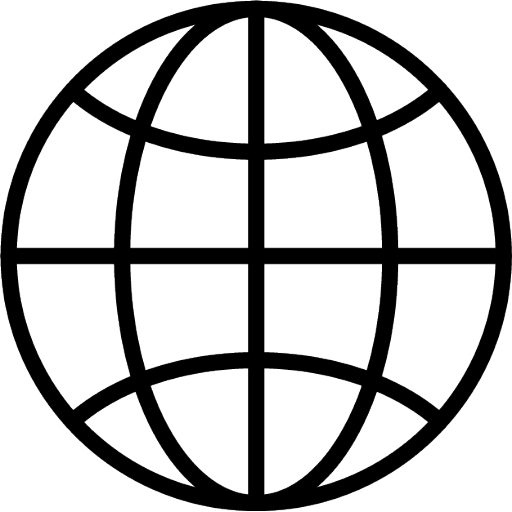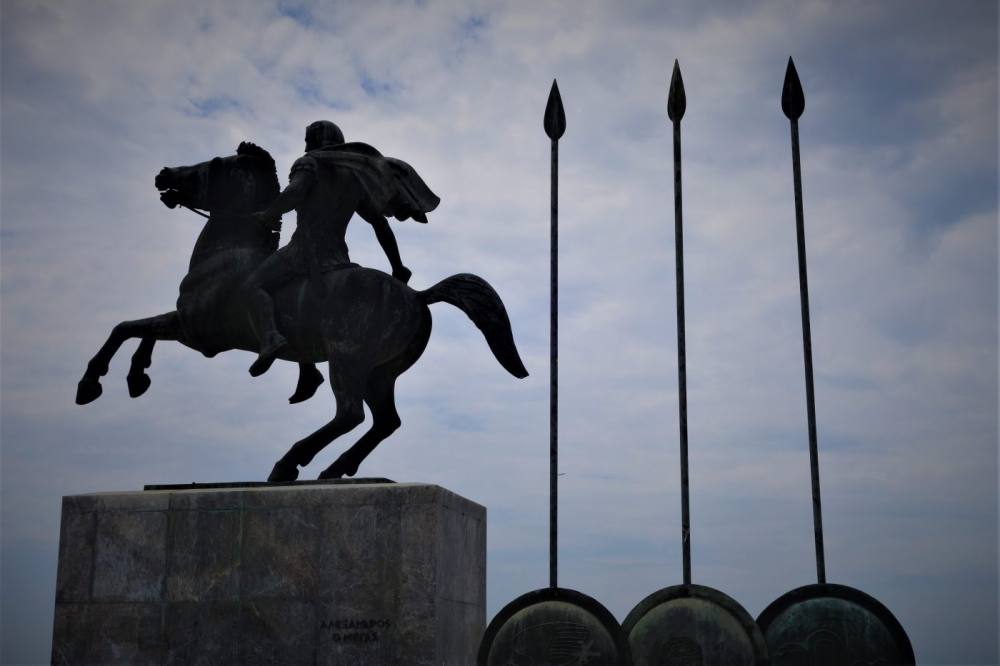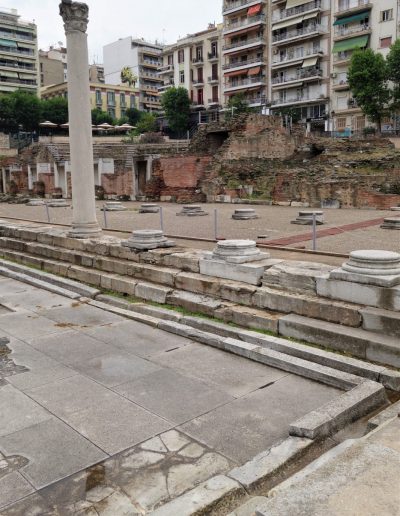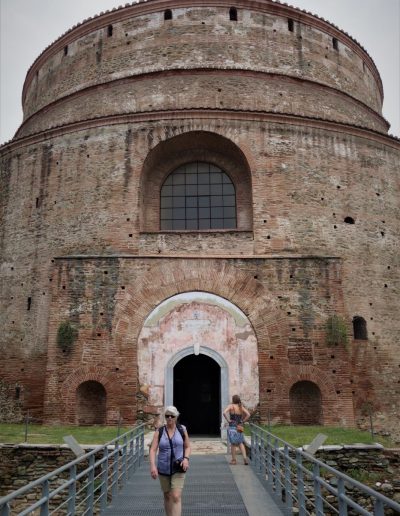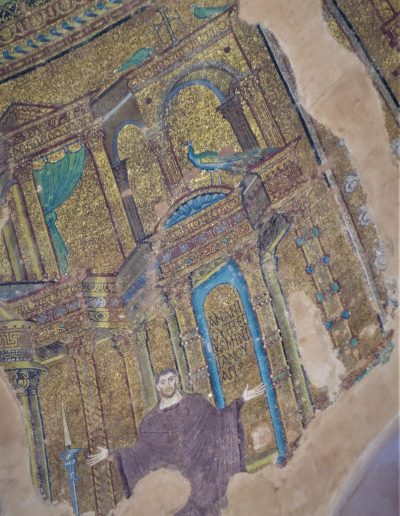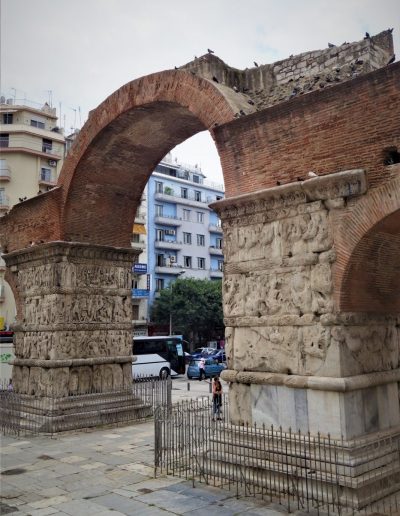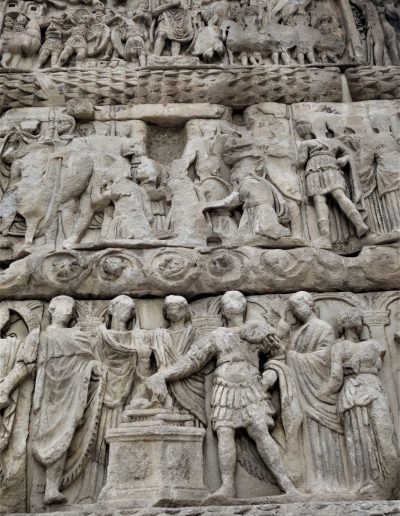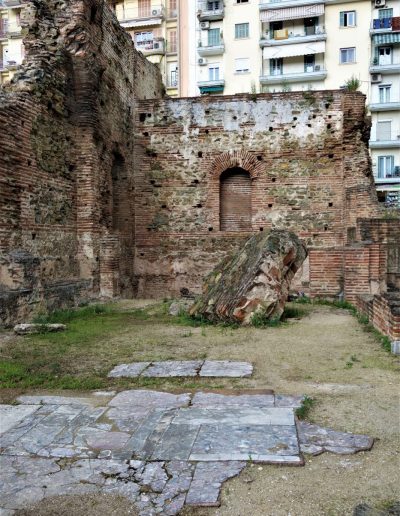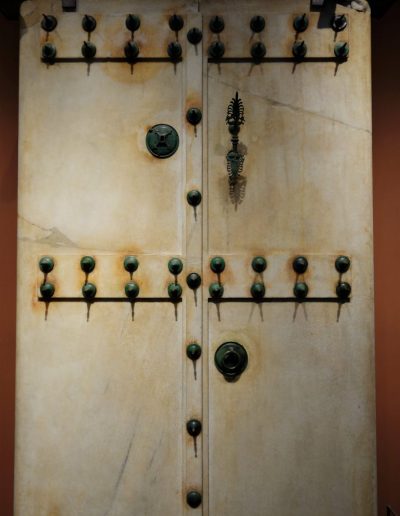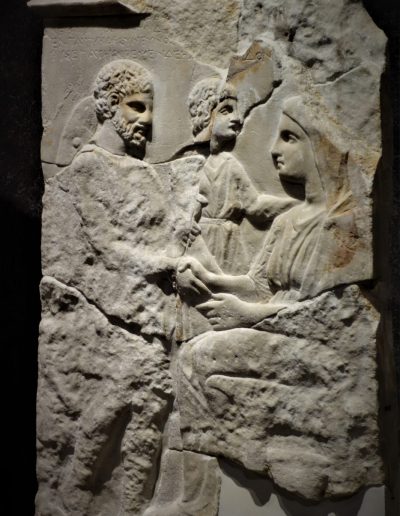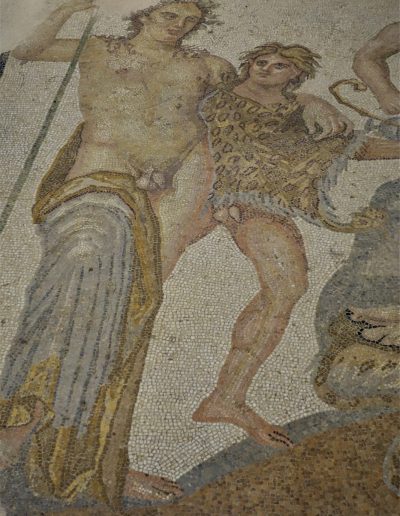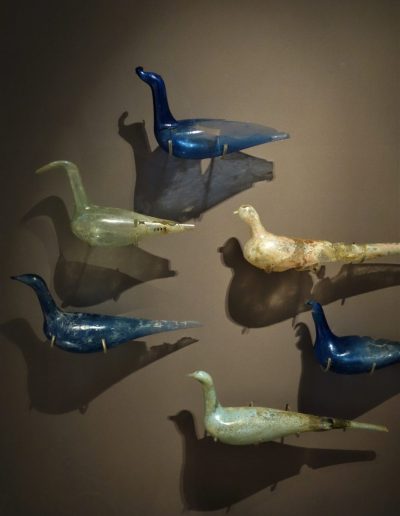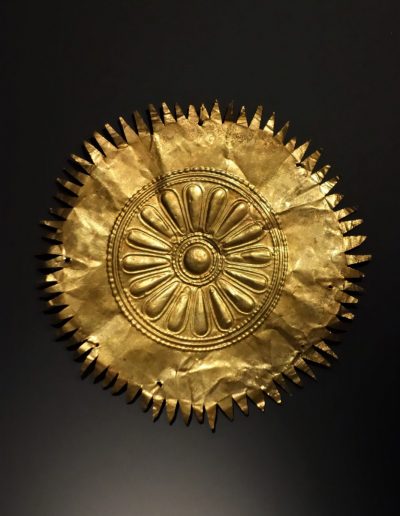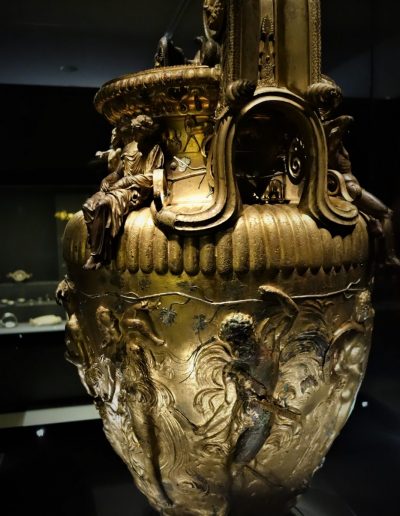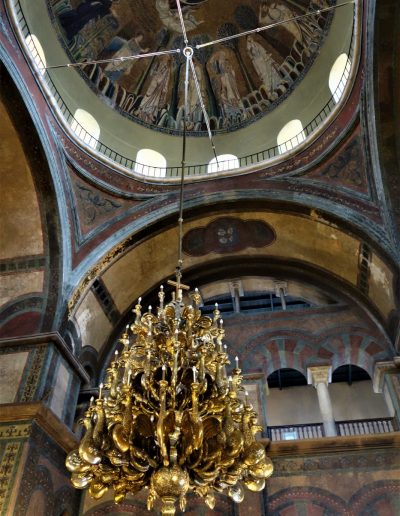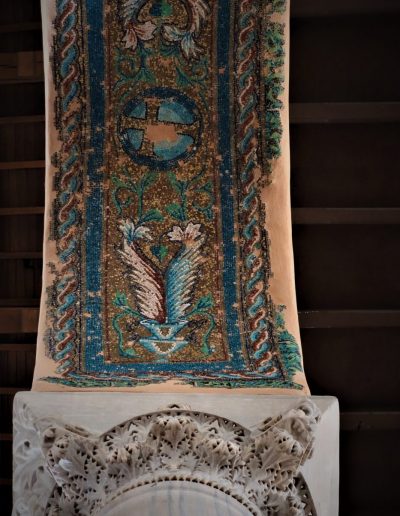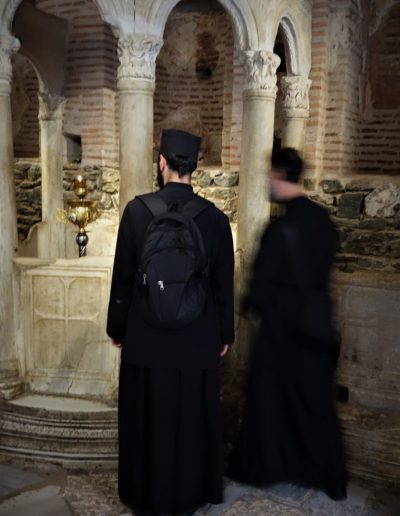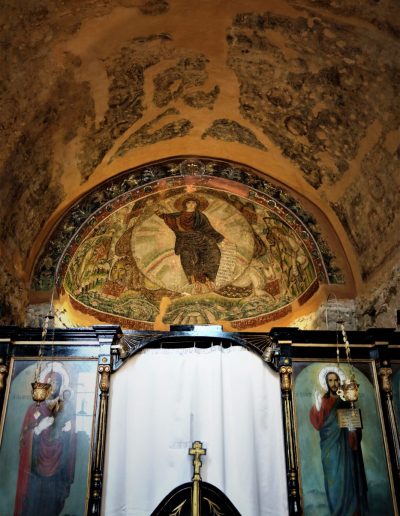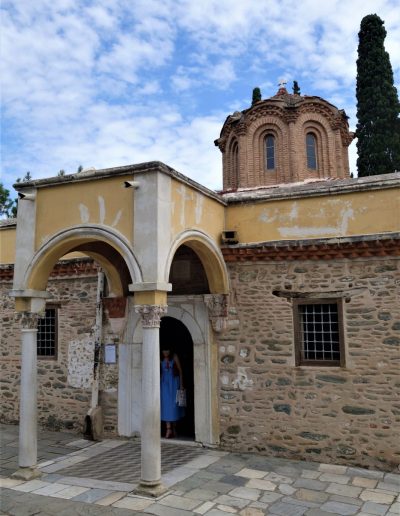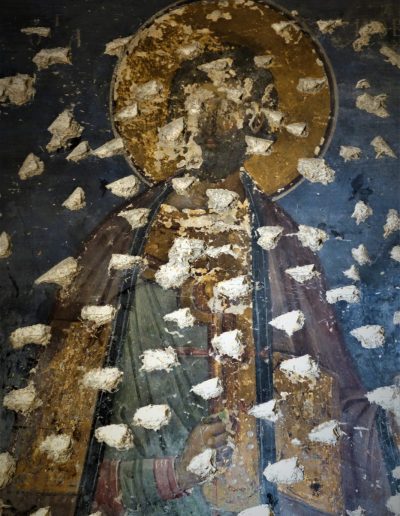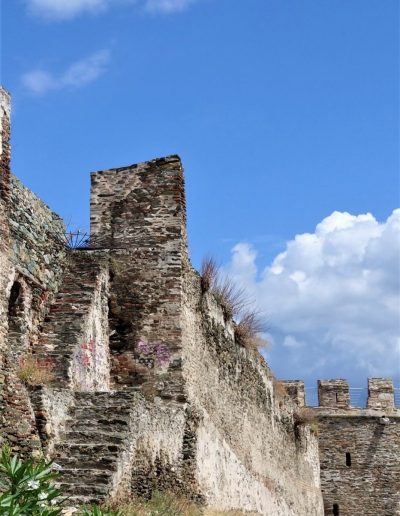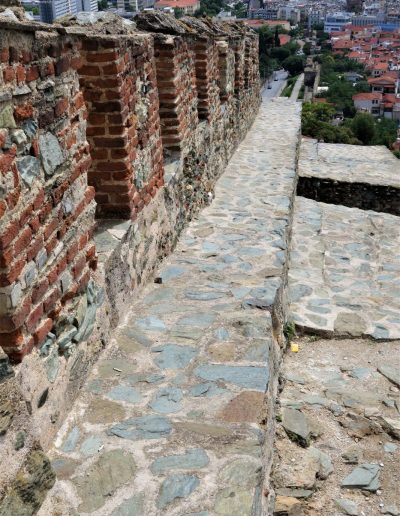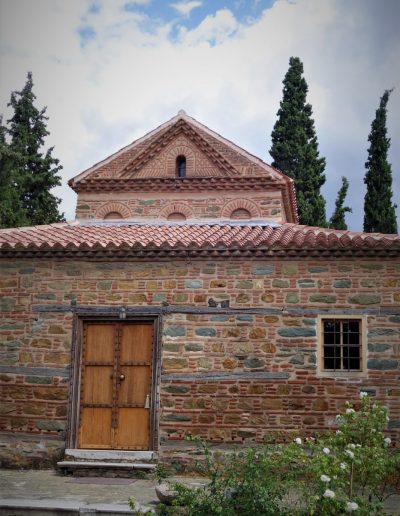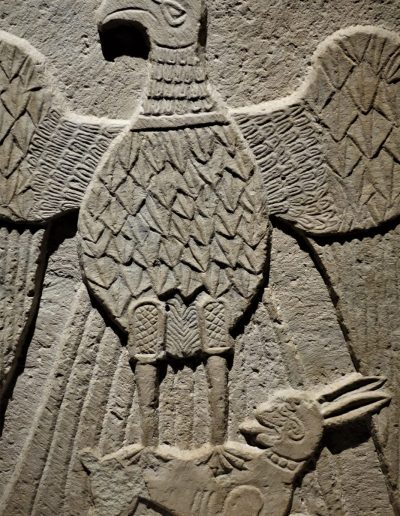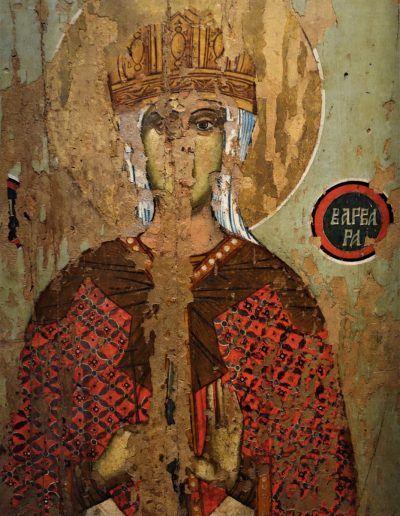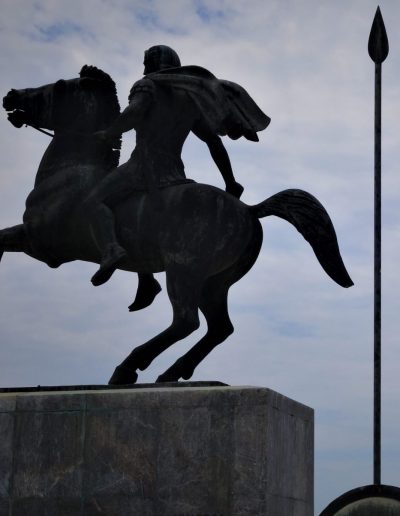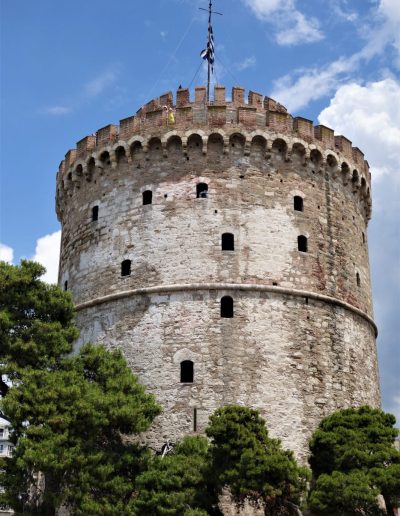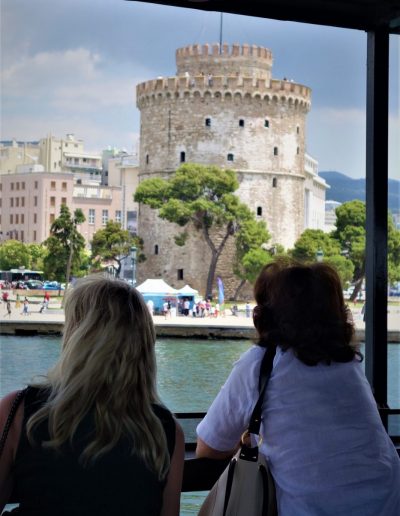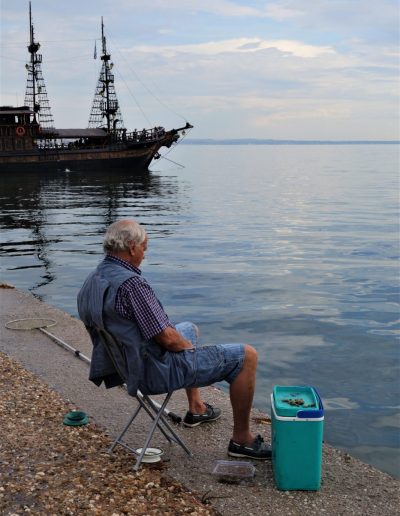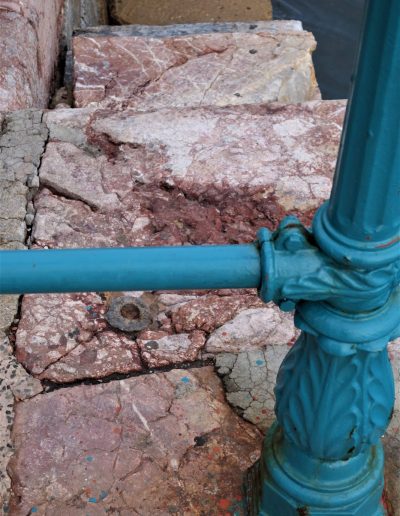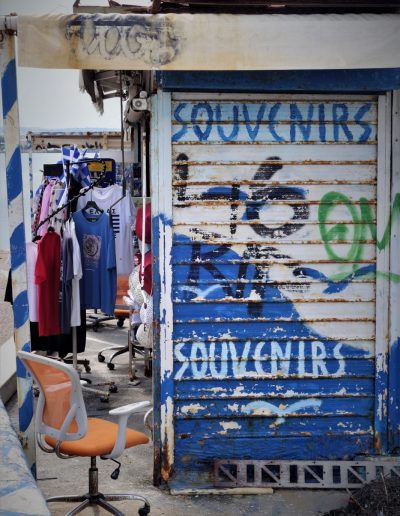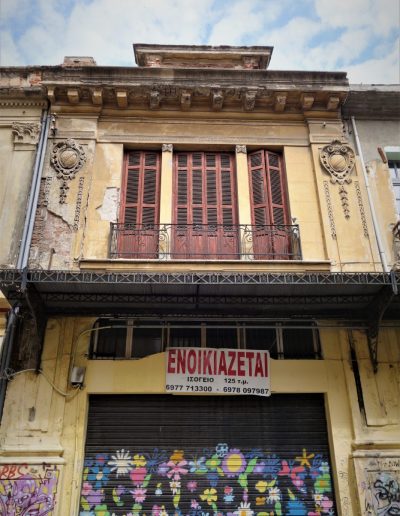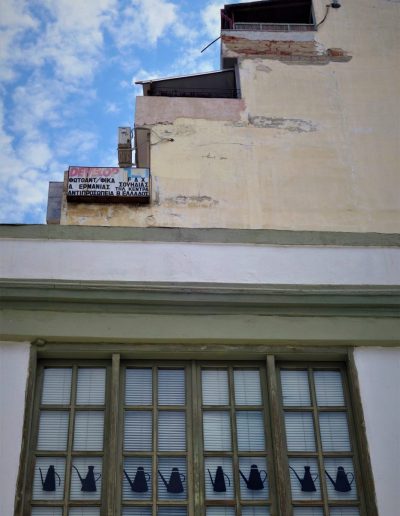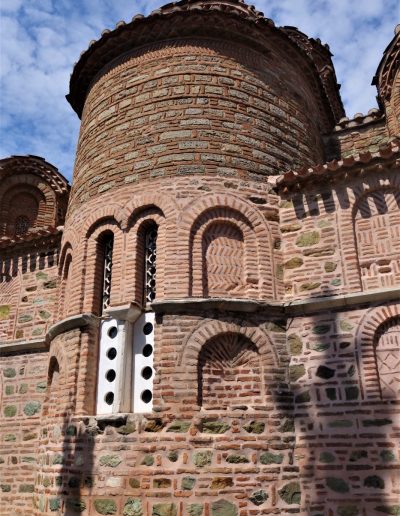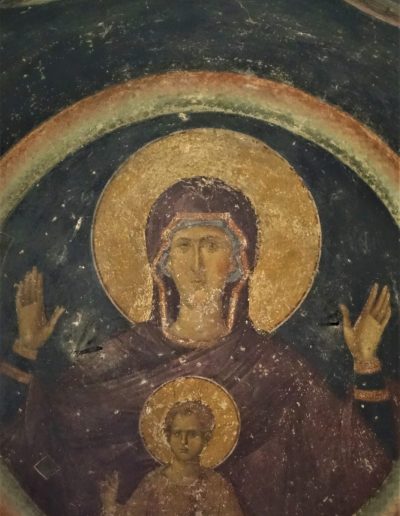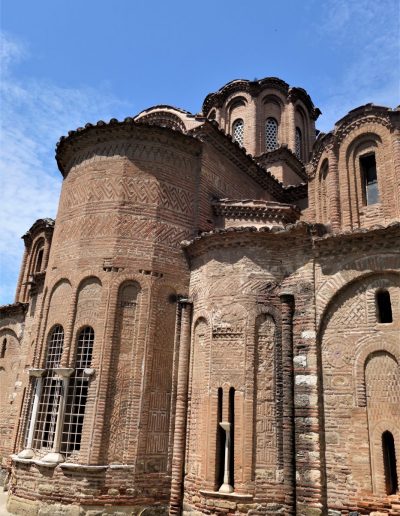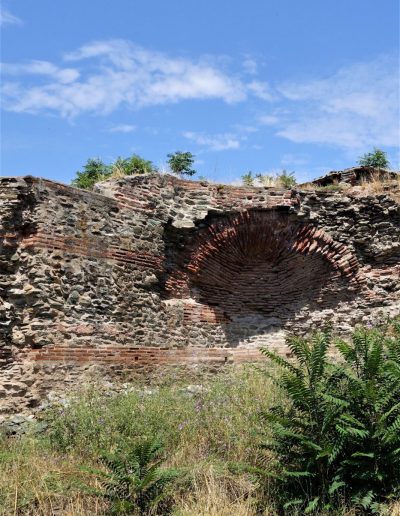- We spent four very enjoyable days in Thessaloniki. It’s a city of substance that has a deep, rich history. It doesn’t feel the need to put on any airs and graces, and we really liked that.
- One day we explored its Roman heritage and visited the Archaeological Museum.
- Another day we took a ‘Byzantine’ slice through the city, checking out the churches and monasteries, the Byzantine Walls, and the Byzantine Museum. This was a fantatstic day.
- For the rest of the time we kicked back, wandered around the waterfront and ate in some excellent restaurants recommended by the young crew who ran the hotel we stayed in. All in all a great time.
- The Roman Agora built in 1 AD sits nonchalantly in the middle of the modern city. It was built on an older Macedonian commercial centre from 3 BC.
- When it comes to Roman Thessaloniki, Emperor Galerius is the man. It was the base he used for most of his administrative actions. He built the Rotunda as a future mausoleum (though didn’t get to use it), and the Arch of Galerius and Palace of Galerius bear his name.
- We spent an afternoon in the very fine Achaeological Museum. It steps through the history of Macedonia from pre-history to about 400 AD.
- Thessaloniki was established in 315 BC by the Macedonian King Cassander, and named after his wife who was the daughter of Philip II. It’s said that 26 nearby settlements were unified to form the city, and burial artefacts from these settlements represent a core part of the collection. The Derveni Krater is an outstanding piece.
- The wall painting ensembles, mosaics and frescoes of Thessaloniki’s Byzantine churches and monasteries are among the great masterpieces of Early Christian art, recognised as World Heritage Paleochristian and Byzantine Monuments. This heritage stems from its strategic location, and its role as capital of the eastern Roman empire under Galerius. Thessaloniki morphed into being the ‘second city’ of the eastern empire (behind Constantinople) when east and west were permanently split by the Emperor Theodosius in 395 AD. Under Theodosius the city’s Byzantine Walls were commenced and the Roman Rotunda of Galerius was converted to a Christian Church and decorated with high quality mosaics.
- We spent a day zigzagging between the ancient churches and monasteries, gradually climbing up to the old walls that sit high above the modern city.
- On the way up we visited Agia Sofia (750 AD), Church of the Acheiropoietos (470), Agios Dimitrios (634), Latomou Monastery (Osios David, 490), and Vlatadon Monastery (14th C).
- After a well-earned and delightful lunch behind the Byzantine Walls, we visited Agios Nikolaos Orfanes (14th C) on the way down to the Byzantine Museum.
- What a day…
- Thessaloniki is a coastal city. It has an extensive waterfront that’s very lively and we walked it several times during our stay.
- The White Tower is a major landmark at the eastern end of the old waterfront. ‘Cafe boats’ depart nearby. For the price of one drink (or more if you like) you get to cruise around the harbour for a while.
- At the western end of the waterfront is Ladadika, an old commercial district. There’s a couple of nice churches in this area, St Catherine and Agios Apostoli, as well as some remnant byzantine walls.
